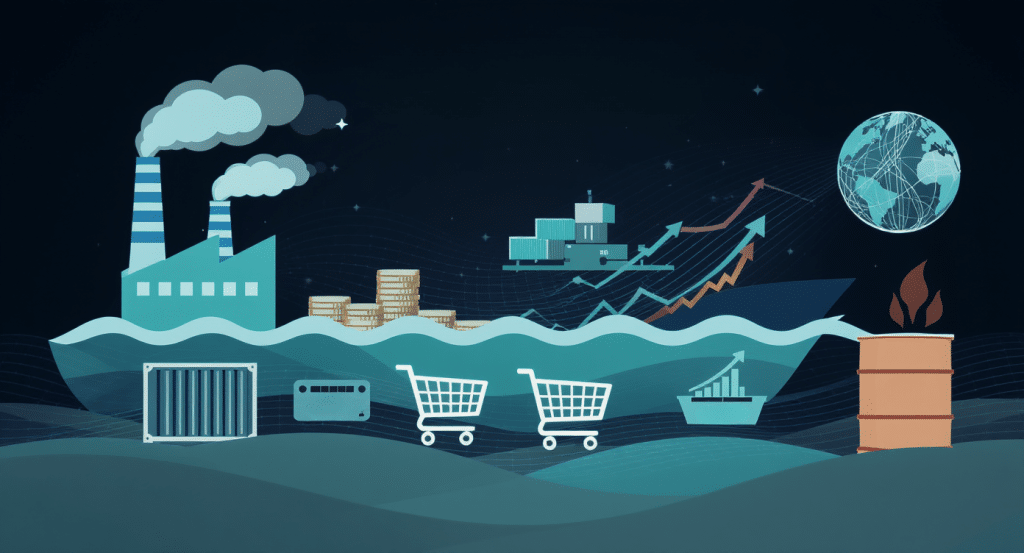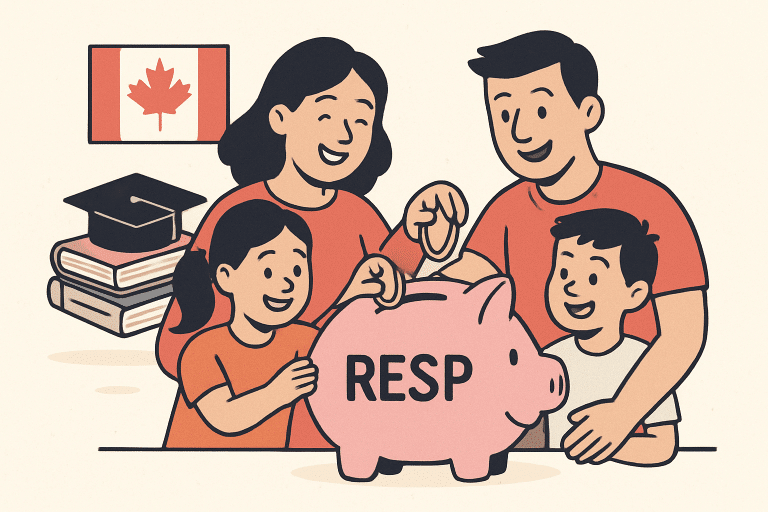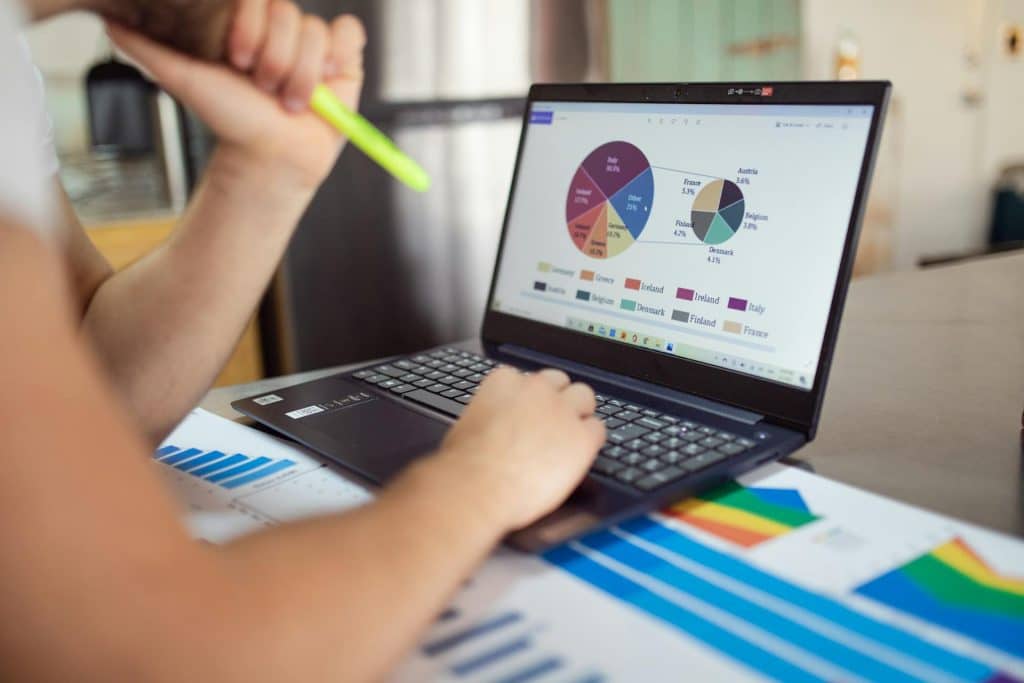Economists and policymakers continue to debate the causes of inflation, a topic that affects nearly every household.
At its core, inflation represents the rising cost of goods and services, but its triggers are diverse. Demand-pull inflation occurs when consumer spending exceeds supply, while cost-push inflation arises when production costs rise. External shocks, currency fluctuations, and policy decisions can exacerbate the issue.
Inflation often results from several factors working together rather than a single cause.
Identifying the causes offers insight into how economies operate, why prices fluctuate, and the strategies governments can employ to stabilize financial systems and protect their citizens.
Inflation 101 – Everything You Need to Know
Inflation refers to the sustained increase in the overall price level of goods and services in an economy over time. It reduces the purchasing power of money, meaning each unit buys fewer items.
Common causes include excess demand outpacing supply, rising production costs (such as wages or raw materials), and monetary factors (like an increased money supply). Economists measure it using indexes such as the Consumer Price Index (CPI), which tracks changes in a basket of typical household expenditures.
Moderate inflation can signal growth, but high rates lead to uncertainty, diminished savings value, and potential wage-price spirals.
Central banks, such as the Federal Reserve, aim to control it through interest rate adjustments and other monetary policies. Understanding inflation enables individuals to plan their finances more effectively.
Causes of Inflation and Their Impact on the Economy
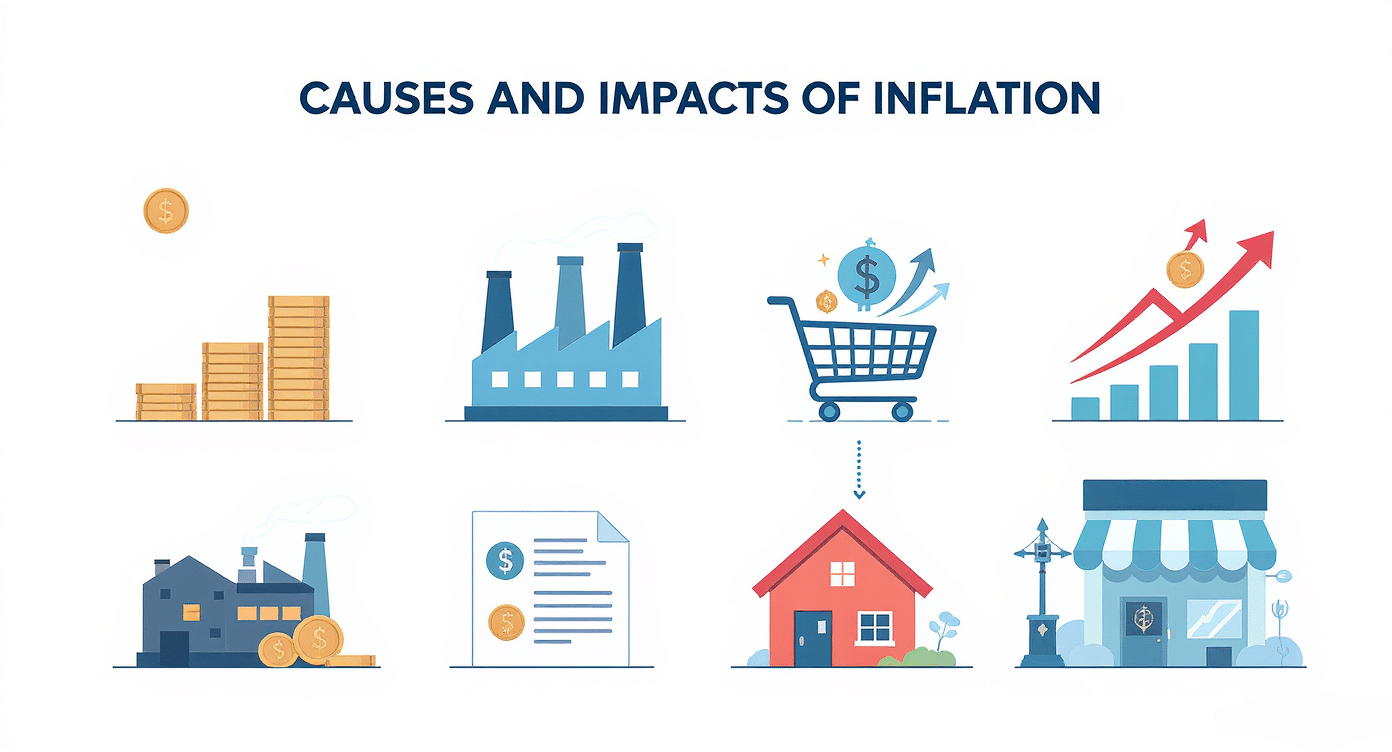
Inflation happens when prices go up across the board. I want to help you understand what causes this and how it affects our daily lives. Let me break down the main reasons why inflation occurs and what it means for the economy.
What Makes Prices Rise?
Inflation doesn’t just happen overnight. There are specific reasons why prices start climbing, and the effects reach every corner of our economy.
Let’s examine what triggers inflation and how it impacts the way we live and work.
Built-In Inflation
This occurs when people expect prices to rise, so they behave in ways that make it a reality. Workers ask for higher wages because they think everything will cost more.
Companies raise prices because they anticipate their costs will increase. It’s like a cycle that feeds on itself.
Key factors that create built-in inflation:
- Workers are demanding higher wages due to price expectations
- Companies raising prices preemptively
- Consumer behavior changes based on inflation fears
- Self-fulfilling prophecy effect in the market
Impact on Consumers
When inflation hits, your money doesn’t buy as much as it used to. A dollar today might only buy what 90 cents could buy last year. This hurts people on fixed incomes the most. Families have to make tough choices about spending.
Ways consumers feel the impact:
- Higher grocery and utility bills
- Reduced the purchasing power of savings
- Difficult budget planning
- Increased cost of living pressures
Effects on Businesses
Companies face a tricky situation during inflation. Their costs go up, but they worry about charging customers too much. Small businesses often face greater challenges than large companies, as they typically have less negotiating power with suppliers.
Business challenges include:
- Rising operational costs
- Pricing strategy difficulties
- Cash flow management issues
- Reduced profit margins
Demand-Pull Inflation and Cost-Push Inflation
These are the two primary types of inflation that economists typically discuss. One occurs when people want to buy more than what’s available, while the other happens when it costs more to produce things.
Understanding these causes of inflation helps explain why prices rise in different economic situations.
| Aspect | Demand-Pull Inflation | Cost-Push Inflation |
|---|---|---|
| What it is | Too many people want to buy limited goods | Companies are paying more to make products |
| Main cause | High demand, low supply | Rising production costs |
| Triggers | More jobs, higher wages, easy credit | Expensive oil, raw materials, and labor costs |
| Example | Concert tickets are selling out fast | Gas prices are making everything cost more |
| Who starts it | Consumers with more money to spend | Businesses facing higher expenses |
| Speed | Usually happens gradually | It can happen quickly when costs jump |
| Solution | Reduce demand or increase supply | Find cheaper materials or improve efficiency |
Monetary and Fiscal Policies
When inflation gets out of hand, governments and central banks don’t just sit back and watch. They have powerful tools to fight rising prices and keep the economy stable. These policies work in different ways but aim for the same goal.
- Interest Rate Changes – Central banks raise interest rates to make borrowing more expensive, which reduces spending and cools down the economy
- Money Supply Control – Banks can print less money or remove money from circulation to reduce the amount available for spending
- Government Spending Cuts – Reducing how much the government spends on projects and programs helps lower overall demand in the economy
- Tax Increases – Higher taxes mean people have less money to spend, which reduces demand and helps bring prices down
- Reserve Requirements – Banks must keep more money in reserve, limiting how much they can lend to businesses and consumers
Expectations and Feedback Loops
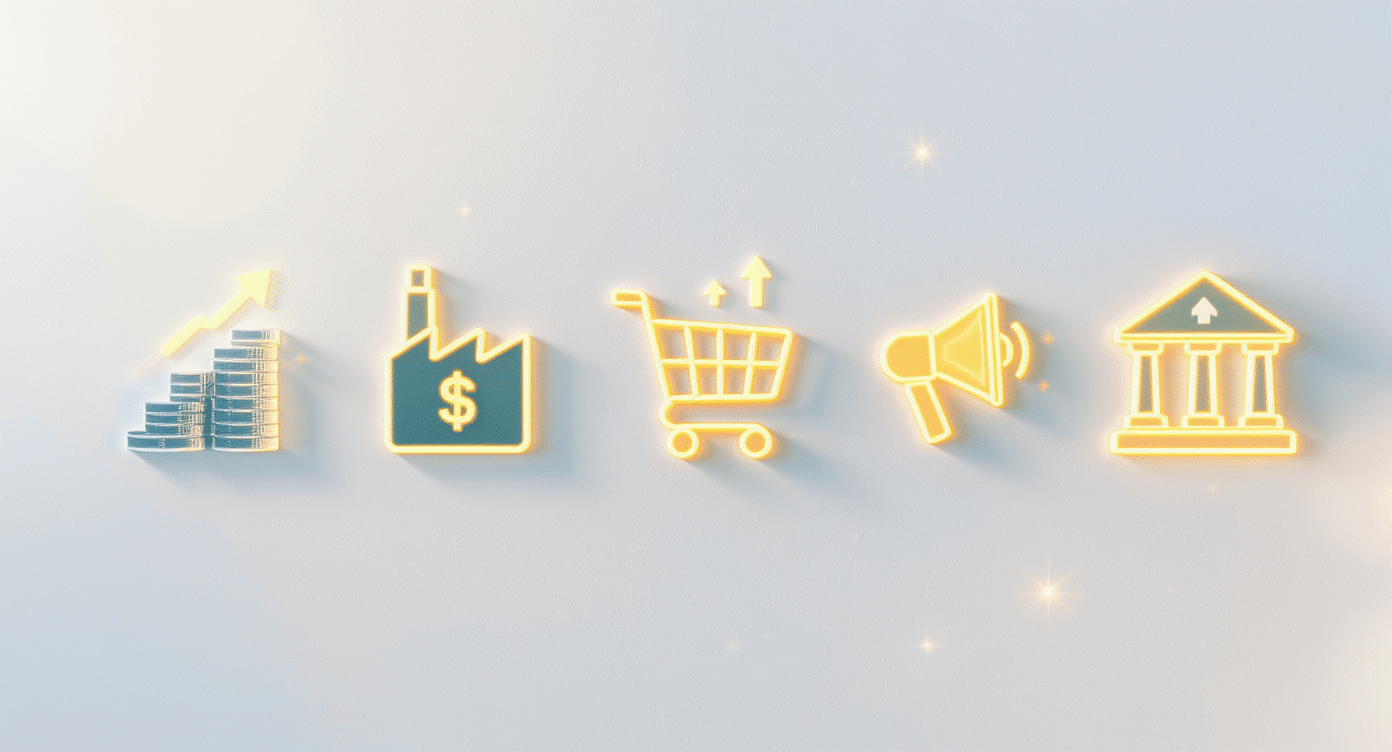
Psychology plays a huge role in how inflation spreads through the economy. When people expect prices to rise, they often act in ways that make it happen. This creates a cycle that can be hard to break once it starts.
When workers anticipate price increases, they request higher wages from their employers. Companies then raise prices to cover these wage increases. Consumers see higher prices and expect further increases, so they buy things now before prices rise even higher. This rush to buy pushes demand up and prices follow.
The media reports on rising prices, which makes more people worried about inflation. Banks may raise interest rates, and investors may adjust their spending habits. All these actions feed back into the system.
Understanding these psychological causes of inflation helps explain why price increases can spiral out of control.
Once people lose confidence in stable prices, their behavior changes in ways that exacerbate inflation. Breaking this cycle requires clear communication from leaders and consistent policy actions that restore trust in the economy’s stability.
External and Structural Drivers
Sometimes inflation arises from forces outside a country’s direct control or from fundamental problems in the economy’s functioning. These drivers can push prices up even when domestic policies are working well.
| External Drivers | Description | Structural Drivers | Description |
|---|---|---|---|
| Oil Price Shocks | Global oil costs affect transport and energy | Market Concentration | Few companies control prices in key sectors |
| Supply Chain Issues | Problems moving goods between countries | Labor Market Problems | Skills gaps or worker shortages drive wages up |
| Currency Changes | Weak currency makes imports more expensive | Infrastructure Limits | Poor roads and ports slow down goods movement |
| Trade Wars | Tariffs and trade barriers raise import costs | Regulatory Barriers | Complex rules limit competition and supply |
| Global Food Prices | Weather or conflicts affect worldwide food costs | Technology Gaps | Outdated systems reduce productivity and efficiency |
Winding It Up
Examining the causes of inflation highlights the complexity of economic systems. While demand, costs, and monetary policies contribute individually, their combined effects create ripple impacts across societies.
Higher prices reduce purchasing power, disrupt household budgets, and alter business strategies. By recognizing these triggers, policymakers can design targeted interventions to control volatility.
Citizens also benefit from increased awareness, adjusting their spending habits, and planning more carefully.
Finally, studying the about inflation equips both leaders and individuals with knowledge to navigate uncertain times and encourages balanced approaches to fostering stability in domestic and global markets

